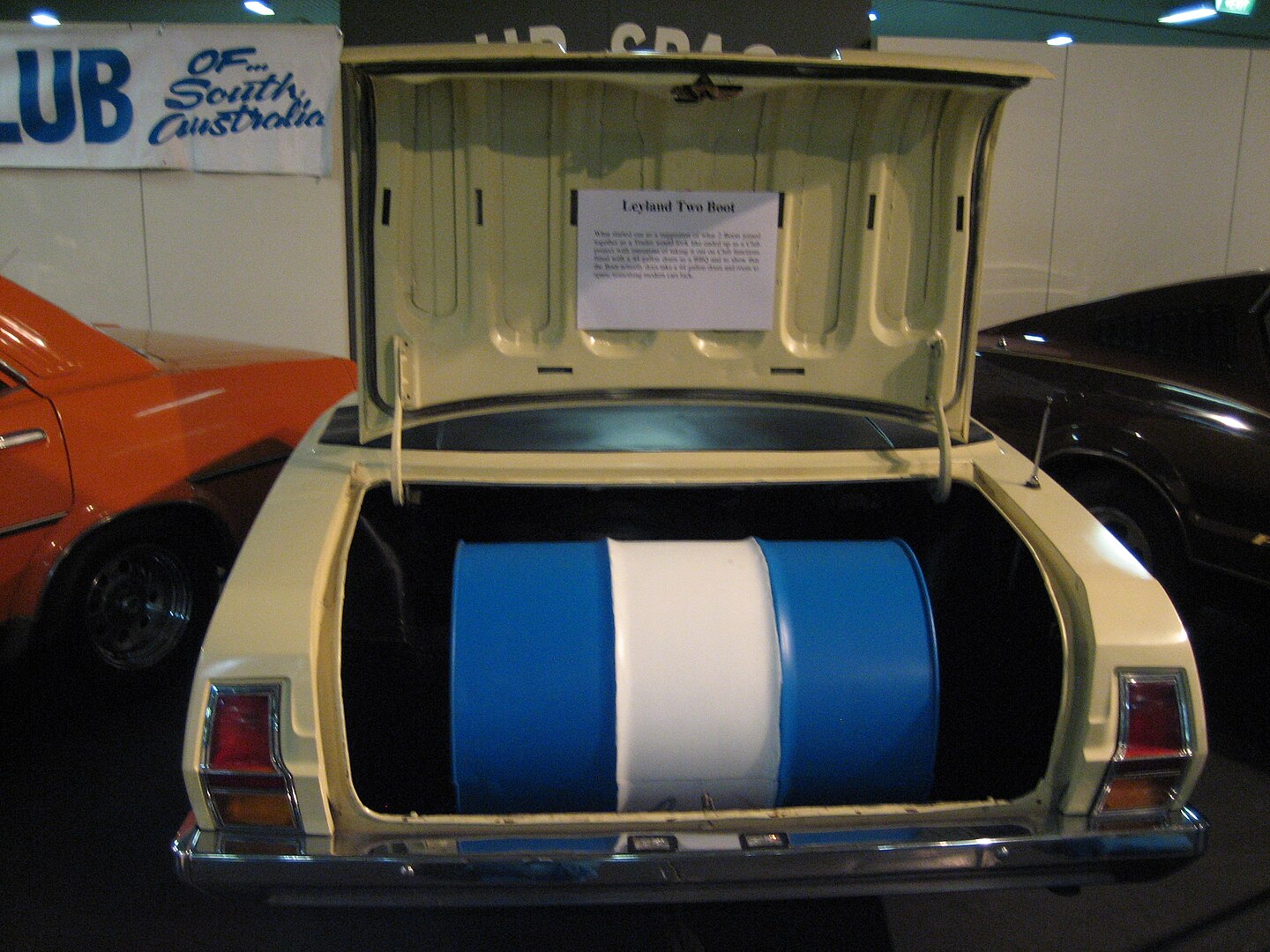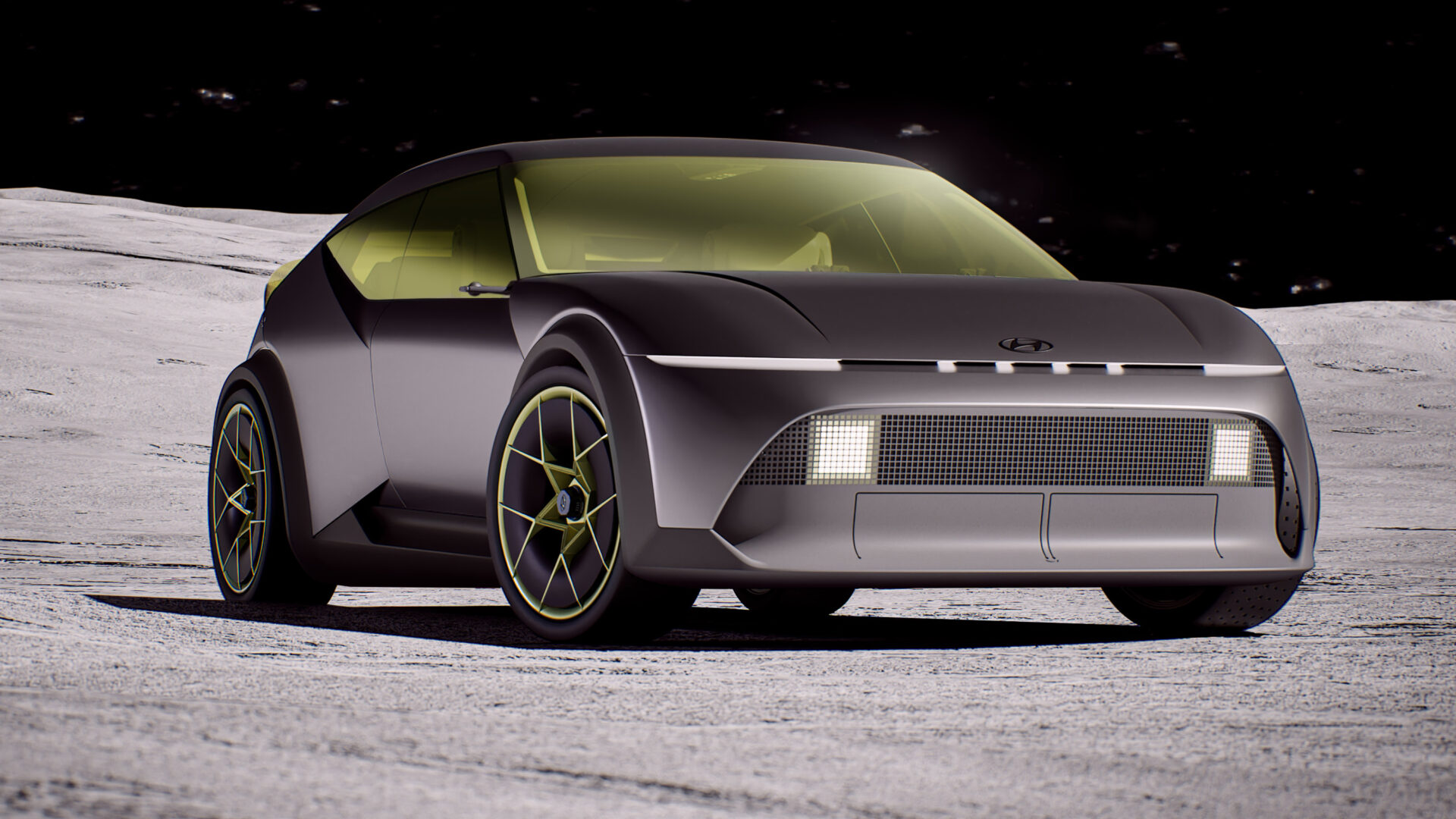Ford makes it two new SUV announcements in one month, with the new Ford Escape to join the funky Puma. And this time, there’s a plug-in hybrid.
Ford’s replacement for its mid-size SUV, the Escape is on its way to Australia and the Blue Oval is not mucking about. There will be six different versions in front-wheel drive and all-wheel drive as well as a plug-in hybrid.
The PHEV version is Ford’s first electrified car here in Australia, too, and is the only one in its class. Before you get going, the Outlander is not a mid-size SUV, despite its small footprint.
How much is a 2020 Ford Escape and what do I get?
The range consists of four front-wheel drives, including the PHEV, plus two all-wheel drives. The ST-Line – one of my favourite mid-size SUVs – makes a return and you can get that in front-wheel drive, PHEV and all-wheel drive.
The new Escape is up to 90kg lighter than previous models while also being stiffer – Ford says torsional rigidity is up by ten percent. Ford also says it’s more spacious for occupants and there is more available cargo space.
If you’re super-keen to know, the Escape rides own Ford’s C2 platform which also spawned the new Focus, which is really rather good.
SYNC 3 and FordPass Connect
All Escapes score the third iteration of Ford’s in-car media system. Accessed via an 8.0-inch touchscreen, you get DAB+ radio, Apple CarPlay, Android Auto and sat nav.
FordPass Connect uses an embedded data modem to enable app connectivity to the car. You can use it to lock or unlock remotely and the app also allows you to call roadside assistance or book a service. The app also has things like service history and connectivity with a Ford Guide helpdesk person.
PHEV owners get extra info such as navigation to the nearest charging point and the app will show you the level of charge, charging status and let you remotely activate charging (if the car is plugged in).
Safety
The Escape ships with all the usual airbags, ABS, stability and traction controls, as well as forward AEB with pedestrian detection, forward collision warning, evasive steering assist, traffic sign recognition, blind-spot monitoring, lane departure warning, lane keep assist, driver impairment monitor and auto 000-dialling after a big enough crash (if your phone is connected).
You also get top-tether and ISOFIX restraints.
Service and Warranty
Ford offers a very handy five-year/unlimited kilometre warranty with a nifty servicing program. The first four services are capped at $299 each, up to four years or 60,000km. You’ve probably already done the maths and worked out that service intervals are set at 12 months/15,000km.
Ford slings you a motoring association membership (NRMA, RACV etc.) which also includes roadside assist and a loan car when you’re in for a service. You have to get a Lexus for that last thing.
Escape – $35,990 + on-roads

The entry-level, front-wheel drive Escape lands at $35,990. You get 18-inch alloys, LED headlights, keyless start, wireless phone charging, reversing camera, front and rear parking sensors.
The Technology Pack costs $1,300 and adds active matrix LED headlights and a heads-up display.
Another $1,000 scores you a foot-wavey gesture opened powered tailgate and $650 buys you prestige paint.
Escape ST-Line

ST-Line FWD: $37,990
ST-Line AWD: $40,990
ST-Line PHEV FWD: $52,940
As you can see, there’s a choice of three ST-Lines. The first two run the same 2.0-litre Ecoboost as the entry-level car and the third, as you can see from the big price jump, the 2.5-litre plug-in hybrid engine.
On to of the Escape’s list of features, Ford fits a different set of alloys, a new grille and front and rear bumpers, rear wing and side skirts. The ST-Line rides on lower sport suspension, which worked well in the car it replaces.
You can also get the confusingly-named ST-Line Pack which adds the foot wavey electric tailgate, heated front seats and the Technology Pack, costing $2800. Escape ST-Line ST-Line Pack seems like a mouthful.
The cabin features lots of black detailing as well as a 12.3-inch digital dash, flat-bottomed steering wheel and “metallic” sports pedals.
The big price jump to the PHEV also includes partial leather interior, 10-way power adjustable driver’s seat and an upgrade to a 10-speaker stereo. Annoyingly, the ST-Line Pack is still an option.
Escape Vignale

FWD: $46,590
AWD: $49,590
The Vignale is all about luxury rather than the ST-Line’s tauter approach. On top of ST-Line you get keyless entry, heather steering wheel, leather “accented” seats (ie fake leather), 10-way adjustable electric and heated front seats, heated outboard rear seats, panoramic sunroof, head-up display, foot-waves electric tailgate, 180-degree wide-view reversing camera and auto parking.
Drivetrains
The new Escape features Ford’s 2.0-litre four-cylinder turbo EcoBoost in all models apart from the ST-Line PHEV.
It’s one of the more powerful engines in the segment, with 183kW and 387Nm. Ford’s eight-speed auto is along for the ride, with paddle shifts.
You can choose between front-wheel drive or all-wheel drive.
The intriguing – and expensive – PHEV swaps the turbo four for a 2.5-litre Atkinson cycle four-cylinder, an electric motor and a 14.4kWh lithium-ion battery for a combined power output of 167kW. Ford doesn’t give a torque figure, but it’s probably reasonably solid.
The company also reckons you’ll get up to 50km in EV mode. Past experience with these range estimates ends up around 35km, but that’s still good going.
You can choose between EV Auto (which is also the default), EV Now (forces EV), EV Later and EV Charge (uses the engine to charge the battery).
Fuel Economy
For the Ecoboost, Ford reckons both the FWD and AWD will drink 95 RON fuel at 8.6L/100km on the combined cycle.
The PHEV, with a full charge, scored 1.6L/100km on the combined cycle, which is a dumb figure. Even so, you can expect less than half of the Ecoboost’s figure with the attendant drop in CO2. If your power supply is sourced from renewables, you can reduce your CO2 by even more.
Charging and Battery

The charge port is in the front quarter panel. Ford doesn’t supply a charge time figure, but a few hours will do the trick. If you plug in every night and you have a short commute, it’s highly unlikely you’ll use any petrol.
Using the app you can also plug the car in but no start charging until you decide and you can program the car to charge at specific times to take advantage of lower rates.
The battery lies under the rear seats, so doesn’t cut into the boot.
Competition
This segment is a warzone. Mazda’s CX-5 is doing well, but the turbo costs a lot more than an ST-Line AWD, a GT Turbo whacking you for $48,490. It’s a good car and fun to drive.
Volkswagen’s Tiguan 132 (as in 132kW) is $46,990 and the more comparable 162 TSI Highline hammers you for $40,990, almost at ST-Line PHEV money. Sister-brand Skoda is better value.
Toyota’s RAV4 is compelling, but not as well-equipped and the hybrid version is good value but not a plug-in.
Hyundai’s turbo-powered Tucson is on the way out as it’s getting a bit old and probably isn’t in the same league as the Escape.
Redline Recommendation
I really like the current Escape and I reckon it’s criminally underrated, just like the Focus is. Without driving it, I’d suggest the ST-Line will be the pick, maybe with the AWD but the front-wheel drive will be fine too.
The package seems like pretty good value. I can’t see anybody buying the Vignale and the ST-Line PHEV really needs to be at least $5000 cheaper.
The cars will be here in the third-quarter of 2020.
I’m kind of looking forward to it, actually.




Leave a Reply